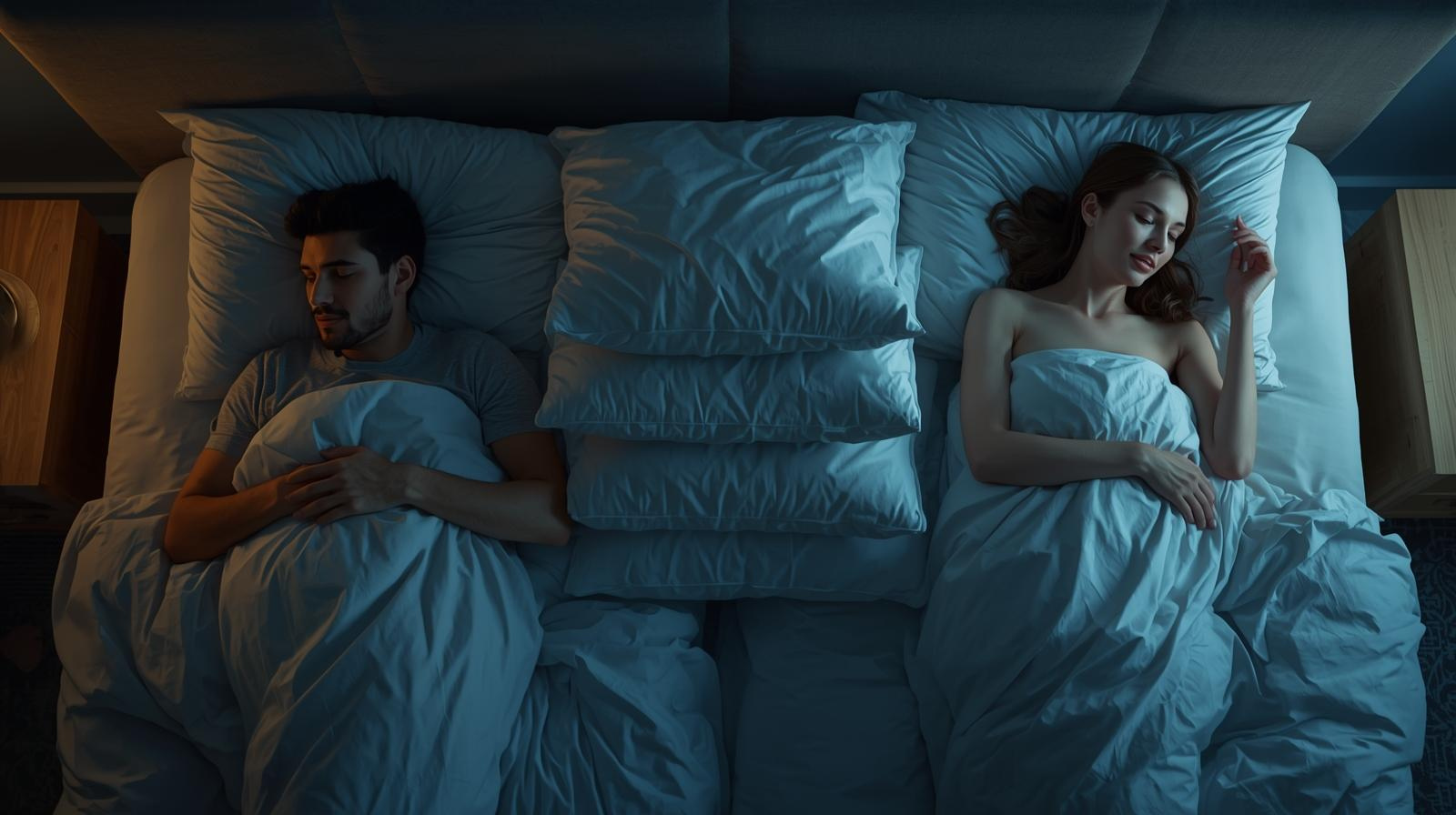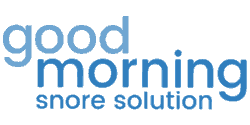Free Shipping - On Orders Over $99 (USA, Canada, UK, & AU)

Can Artificial Intelligence Help Diagnose Sleep Apnea?
July 07, 2023 3 min read
Artificial intelligence (AI) has revolutionized many industries over the past few decades and is changing how we work, live, and play. It helps automate tasks previously done by humans and analyze large numbers of data better than any human can do. This has led to a sharp rise in a number of useful AI tools, one of which has been recently used to help diagnose sleep apnea.
Why Use AI to Diagnose Sleep Apnea?
Obstructive sleep apnea, simply known as sleep apnea, is a serious sleep disorder believed to affect about a billion people globally [1]. However, the number of sleep apnea sufferers is probably much higher since studies show that most cases remain undiagnosed [2].
One possible reason why sleep apnea remains underdiagnosed in so many people is due to limitations in current screening tests. Many of these tests are not very accurate, while others can’t be used on large groups of people. These tests include the Epworth Sleepiness Scale (ESS) and the STOP-Bang Questionnaire. Studies on the accuracy of these tests found they would lead to false positives [3].
Developing more accurate tools can help medical experts diagnose sleep apnea early. AI models offer an opportunity to quickly, accurately, and cost-effectively detect sleep apnea sufferers even in large population samples.
AI Models for Sleep Apnea
One of the first to develop an AI tool to diagnose sleep apnea is a team of South Korean researchers at Seoul National University Bundang Hospital (SNUBH) [4]. Their deep learning model analyses cephalograms, which are X-rays of the head and neck viewed sideways. Their AI model is able to focus on the tongue and surrounding structures that play a huge role in sleep apnea.
The researchers' AI model analyzed data of over 5,500 patients at SNUBH and was found to be highly accurate in detecting which one of those patients had sleep apnea. What makes this tool so revolutionary is that it can recognize subtle anatomical variations that the human eye can barely spot, which explains its high accuracy. This means that sleep apnea could be easily screened for with a simple and inexpensive X-ray image.
The Future of Sleep Apnea Diagnosis
Polysomnography remains the gold standard for diagnosing sleep apnea while questionnaires remain the main screening tools. These can be tedious, time-consuming, and inaccurate at times. AI can take on some of this work for us and even offer more accurate screening and testing, at least according to ongoing research [5].
But there are still barriers to implementing AI in sleep apnea diagnosis, at least at the moment [6]. Trust in the technology, reliability of data, bias, regulation, privacy, and human resources that can work with such technology are just some things we need to work on before making AI widely available in sleep apnea treatment.
References:
- Slowik JM, Sankari A, Collen JF. Obstructive Sleep Apnea. [Updated 2022 Dec 11]. In: StatPearls [Internet]. Treasure Island (FL): StatPearls Publishing; 2023 Jan-. Available from: https://www.ncbi.nlm.nih.gov/books/NBK459252/
- Finkel KJ, Searleman AC, Tymkew H, et al. Prevalence of undiagnosed obstructive sleep apnea among adult surgical patients in an academic medical center. Sleep Med. 2009;10(7):753-758. doi:10.1016/j.sleep.2008.08.007
Chung F, Yang Y, Brown R, Liao P. Alternative scoring models of STOP-bang questionnaire improve specificity to detect undiagnosed obstructive sleep apnea. J Clin Sleep Med. 2014;10(9):951-958. Published 2014 Sep 15. doi:10.5664/jcsm.4022
- Jeong HG, Kim T, Hong JE, et al. Automated deep neural network analysis of lateral cephalogram data can aid in detecting obstructive sleep apnea. J Clin Sleep Med. 2023;19(2):327-337. doi:10.5664/jcsm.10258
- Thorey V, Hernandez AB, Arnal PJ, During EH. AI vs Humans for the diagnosis of sleep apnea. Annu Int Conf IEEE Eng Med Biol Soc. 2019;2019:1596-1600. doi:10.1109/EMBC.2019.8856877
- Brennan HL, Kirby SD. Barriers of artificial intelligence implementation in the diagnosis of obstructive sleep apnea. J Otolaryngol Head Neck Surg. 2022;51(1):16. Published 2022 Ar 25. doi:10.1186/s40463-022-00566-w
Also in Blog

Healthy Sleep Goals For 2026
December 22, 2025 6 min read

💨 Are Your Nighttime Breathing Issues Robbing You of Your Health and Your Energy?
December 12, 2025 3 min read
Breathing issues during sleep, collectively known as sleep-disordered breathing, are a major public health concern.

Is Your Snoring a Sign of Something More Serious? Unpacking the Science of Sleep
December 05, 2025 3 min read
When you snore, what's actually happening?
Join our Insiders Club
Every week you will receive specials, discounts, and giveaways.
Categories
- Better Sleep
- depression
- Fitness
- funny animal
- Global Citizenship
- health
- Mental Health
- mouthpiece
- nutrition
- pillow
- Productivity
- relationships
- sleep
- sleep apnea
- sleep deprivation
- Sleep Tech
- snoring
- snoring humor
- snoring jokes
- snoring sounds
- stop snoring
- StopSnoringStartLiving
- technology
- Tongue displacement
- travel
- video
- Young Adult

